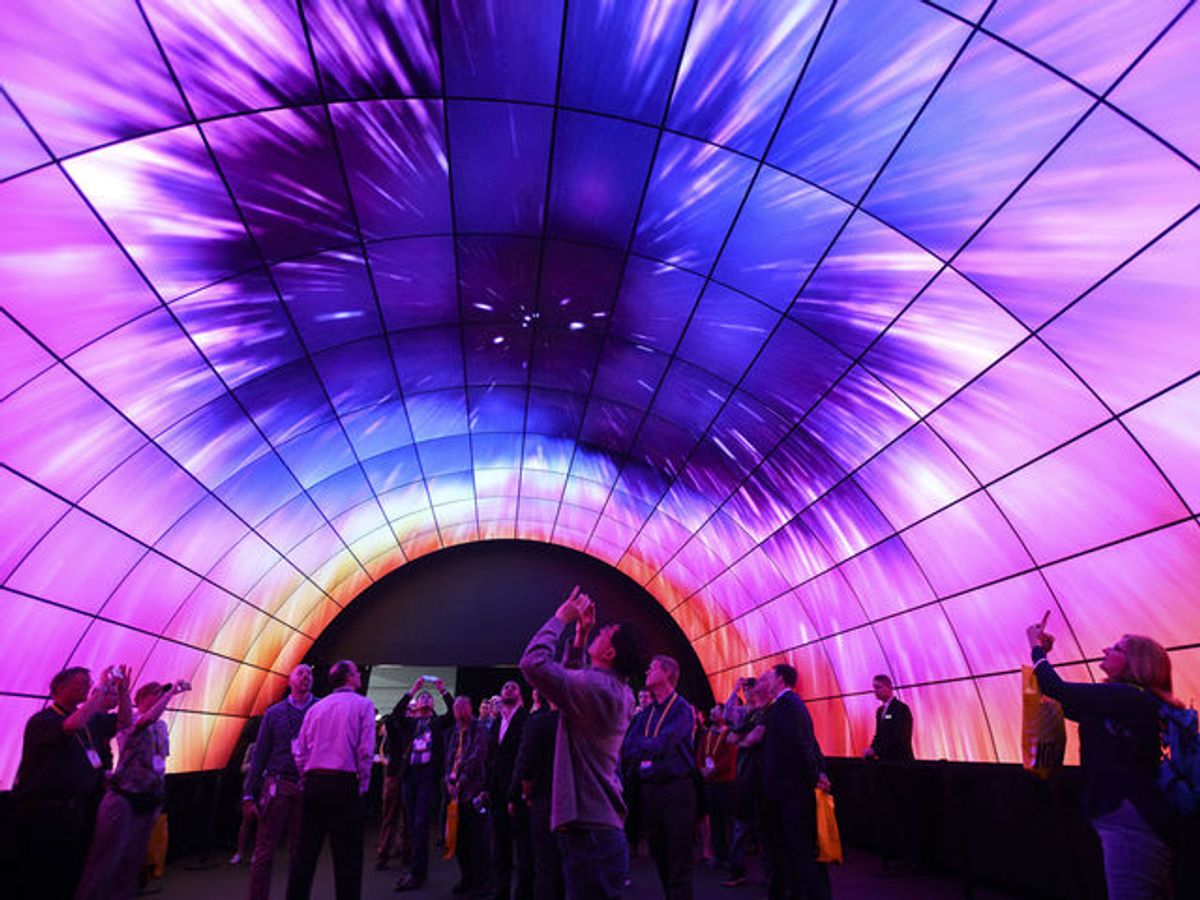Consumer devices are getting smarter, they can follow our instructions, help us find our way and even assist us in driving our cars. They are listening to our sentences and following our instructions. These capabilities are enabled by the application of artificial intelligence—particularly machine learning—using ever-evolving electronics and software. At this year’s CES show in Las Vegas I expect AI to be enabling and enhancing an increasing number of consumer devices and services. AI will enable and control Internet of Things-based products, whether these are automated vehicles, voice-controlled devices in the home, or an increasing array of cloud-based consumer services.
In particular, this will be a banner week for AI-assisted transportation. There will be lot of advanced driver assistance system (ADAS) demonstrations and product introductions on the show floor, as well as soon to be on-the-road autonomous vehicles. Uber, Google, and now even the major US car companies plan to deploy fleets of self-driving taxis, so they—and the companies that make the components for these fleets—will be showing off their wares and what they are capable of.
Another field to watch is virtual reality. Major media companies as well as independent video and game companies will be showcasing the latest developments and applications of immersive content, which has still not yet reached the point of mass adoption. In addition, augmented reality will be playing an increasing role in consumer electronics for monitoring and control of devices. I expect to see applications and hardware for AR applications such as smart glasses, various haptic devices, and other ways to increase our sensory connection with digital content and our physical environment.
I also expect there to be growth in the types of devices that people can use to interface with data and digital content. In addition to the usual phones, tablets and watches we’re familier with today, there will be a move to even smaller or more integrated devices such as digital rings and electronics embedded into clothing. There are also likely to be prototype demos and conceptual designs for integrating electronics with the human body (including brain controlled electronics). These developments combined with advances in personal robotics will enable new ways to monitor and enhance health and safety. This will have important long-term implications for countries with aging populations, as well as helping people with various disabilities.
Security and privacy, alongside newly emerging concepts of ownership, will also be important themes at the 2018 CES. Blockchain technology is emerging as a way to do more than create crypto-currencies: It may come to play an important role in intellectual property protection and ownership as well as the detection of counterfeit products. Privacy is emerging as a major requirement in many countries, and consumer devices will play a significant role in controlling and protecting access to our personal information through encryption and other means. I expect to see a lot of discussions in the conference rooms surrounding the show floor regarding the legal implications of software licenses, new definitions of digital ownership, and the right to repair one’s digital property in the blockchain age.
Another big driver of technology is the increasing need to process and store data, whether centrally in clouds, at the edge of networks (sometimes called fog computing), or locally on devices. This need, and the aforementioned popularity of AI-enabled applications, are stoking a demand for faster processors, digital memory, and bigger and cheaper storage. So CES will see major memory and storage companies demonstrating how they intend to enable the next generation of non-volatile memory and storage.
These products will include conventional hard disk drives and flash memory, but also include emerging non-volatile memory technologies, such as resistive RAM (ReRAM) and magnetic RAM (MRAM). In addition, cloud services companies will be extolling the virtues of their compute and storage capabilities at CES, particularly for consumers or for companies selling products and services to consumers. What impact the recently announced Meltdown and Spectre bugs will have on their announcements remains to be seen.
The IEEE will have a significant presence at the 2018 CES in Las Vegas. On the show floor we’ll have a boot with representatives from many IEEE technical societies, communities and affinity groups. And immediately after CES, the IEEE Consumer Electronics Society will have its flagship International Conference on Consumer Electronics (ICCE), which will explore the technologies that will create the consumer products and services in the next 5 years.
About the Author: Tom Coughlin is an IEEE Fellow, active in the IEEE Consumer Electronics Society, and the 2018 President-Elect of IEEE-USA



